Poxviruses are an unusual family of large double‐stranded (ds) DNA viruses that exhibit an incredible degree of self‐sufficiency and complexity in their replication and immune evasion strategies.
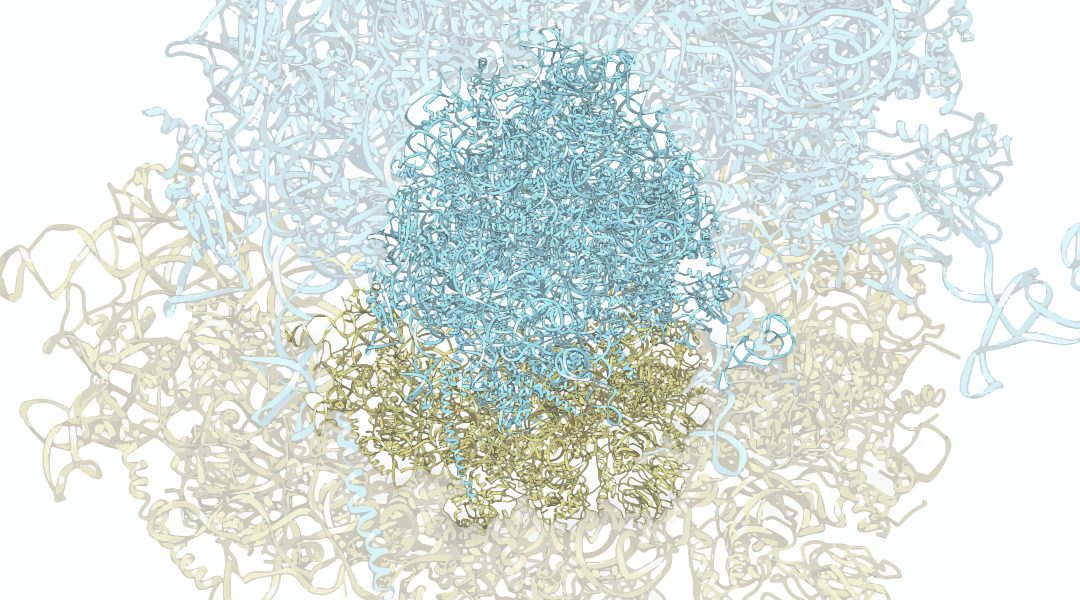


Poxviruses are an unusual family of large double‐stranded (ds) DNA viruses that exhibit an incredible degree of self‐sufficiency and complexity in their replication and immune evasion strategies.
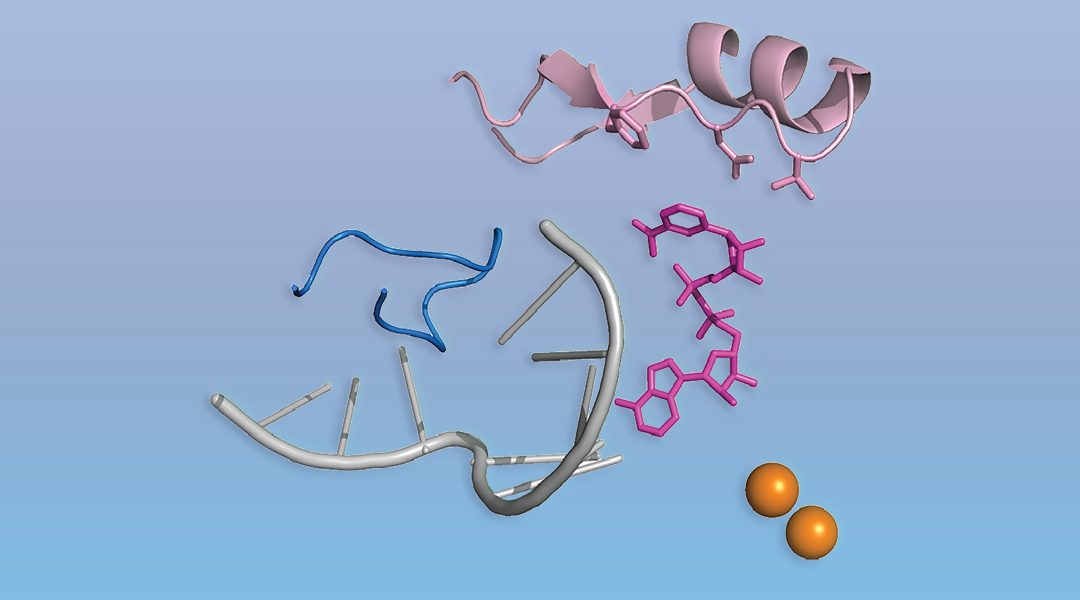
A new type of 5′‐RNA cap was discovered, and in contrast to the specialized eukaryotic m7G cap, the novel caps are abundant cellular cofactors like NAD+.

In “The Substance of Climate,” the author seeks to assess literature that helps bridge the conceptual gap, bringing immediate personal experiences of climate into focus.
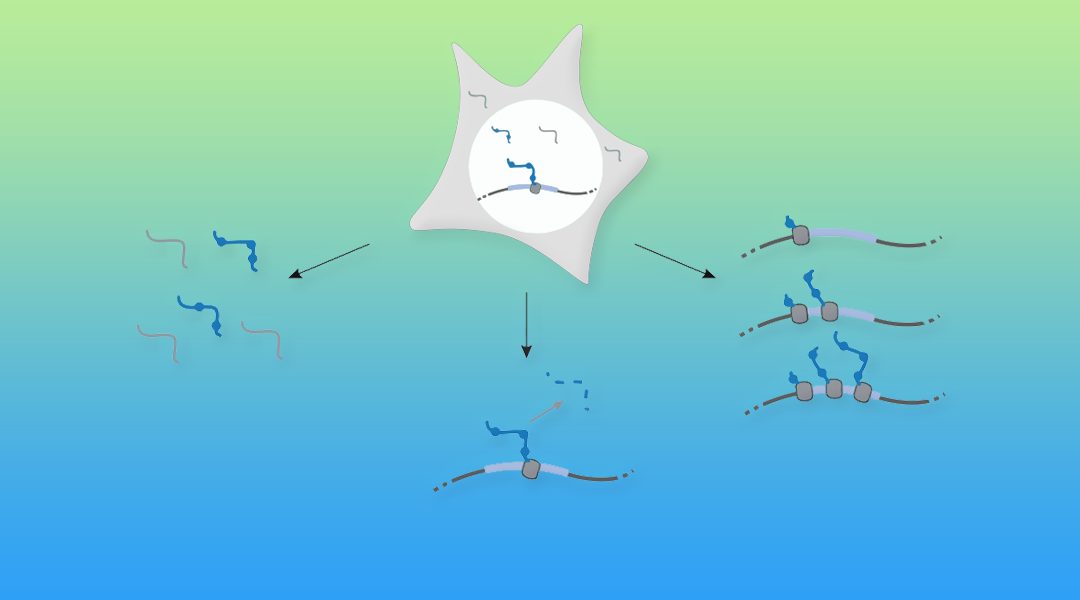
Cellular RNA levels are the result of a juggling act between RNA transcription, processing, and degradation. By tuning one or more of these parameters, cells can rapidly alter the available pool of transcripts in response to stimuli.
From the West African rain forest to the Ethiopian highlands, implications of changes in the West African rainforest with respect to the rain and available water resources of the Nile basin.

The effects of following an extensive electrification strategy in Germany until 2030 are analyzed by using the energy system model “ISAaR.”
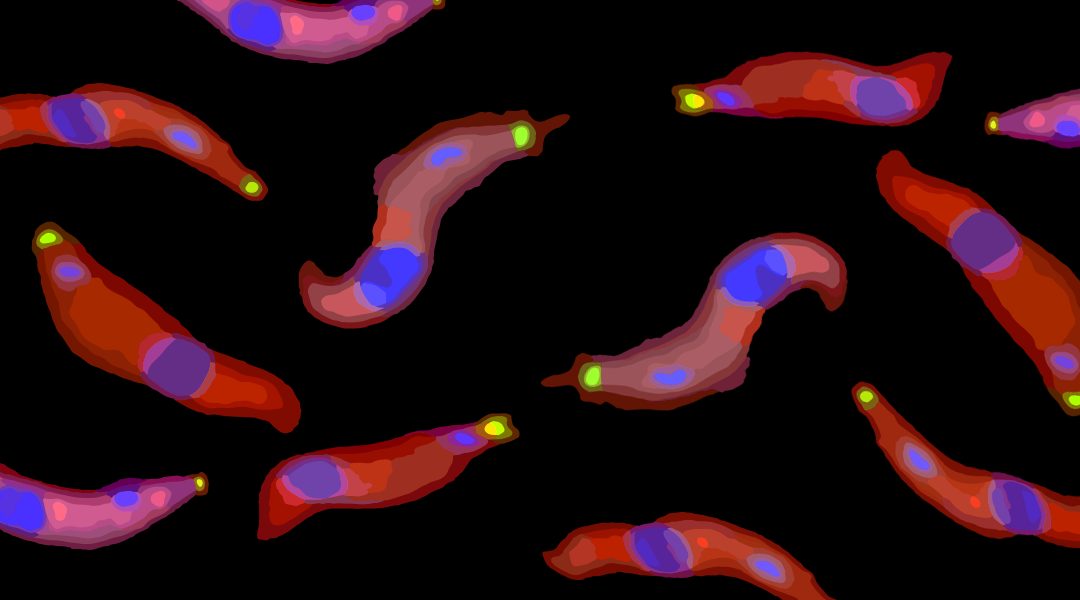
Single stranded RNAs with a free 5′ monophosphate end are susceptible to rapid degradation. Transfer RNAs (tRNAs) and ribosomal RNAs (rRNAs) are stabilized by hairpin structures and by “hiding” their 5′ ends within complex protein structures.
Using the Danish market conditions as a case study to demonstrate how large-scale expansion of wind energy has a more solid business case if they are active on both day-ahead and real-time power markets at the power exchange.

The literature on Indigenous water rights, examining the ways in which Indigenous people are framing their claims for water and how they are being addressed in national frameworks of water governance.
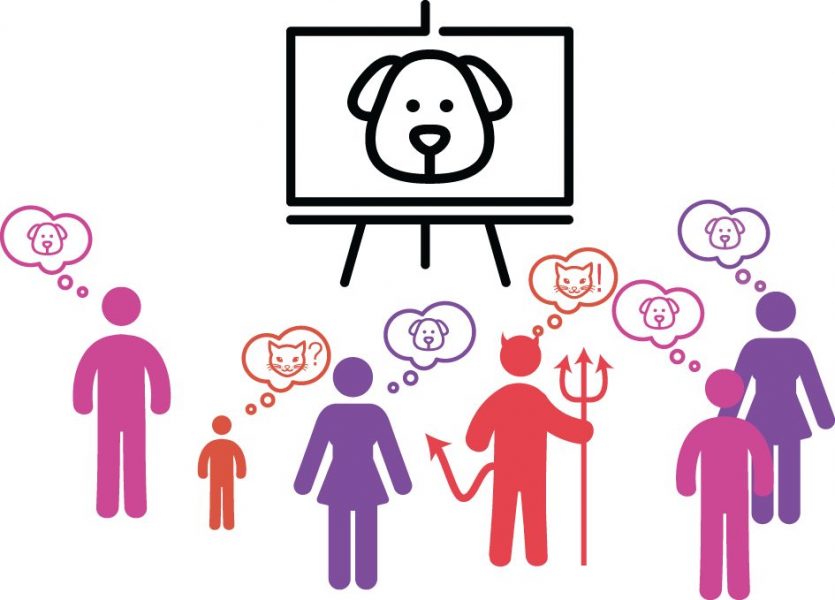
Crowdsourcing opens the door to solving a wide variety of problems that previously were unfeasible in the field of machine learning, allowing us to obtain relatively low cost labeled data in a small amount of time.